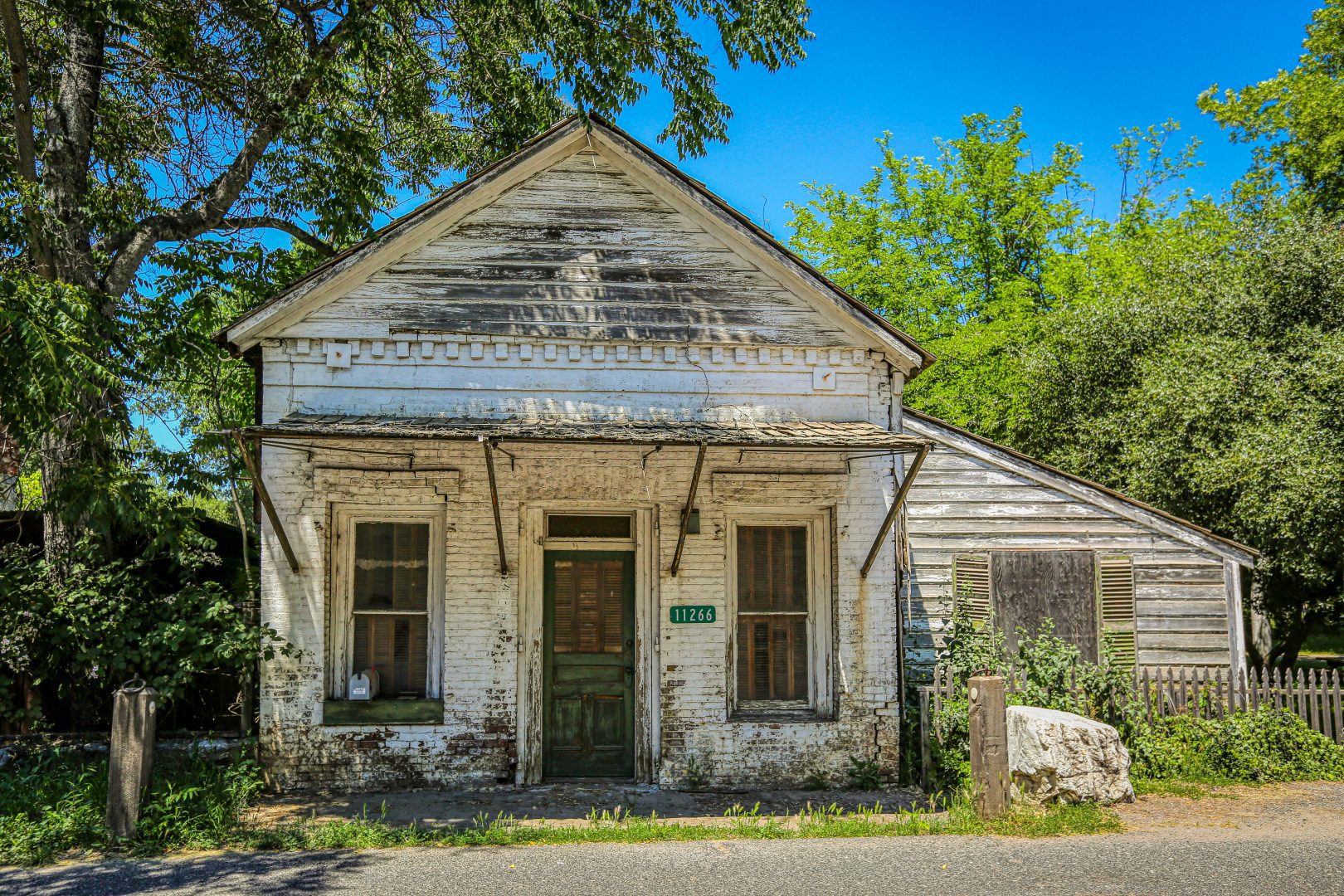
PA Blight Library
Hundreds of thousands of blighted or abandoned buildings are spread across Pennsylvania, impeding community and economic development programs and conveying images of old, worn out communities.
At the Housing Alliance, we see these properties in our communities not as the eyesores they are today, but as untapped assets that provide land for redevelopment. Abandoned land, when transformed into productive re-use, is a critical opportunity for our older communities to modernize, revitalize, and grow, and to improve the quality of life for neighbors who are already there.
The PA Blight Library is a collection of resources for tackling blight and land banks. It also includes the digital version of “Blight to Bright”, a manual of effective tools available to return vacant properties to productive use.
Impact of Blight and Vacant Property Studies
There are several studies on blight in Pennsylvania and nationally that help us understand the scale of the challenge we are facing and the opportunities for redevelopment. The Revitalizing PA report was created by soliciting feedback from communities of all sizes around the commonwealth. Through surveys, interviews, and in-person meetings, we gathered information about existing projects, policies, and practices to uncover successes as well as gaps and challenges that need to be addressed.
The Tri-COG Communities, comprised of the Steel Valley Council of Governments, the Turtle Creek Valley Council of Governments, and the Twin Rivers Council of Governments commissioned a study quantifying the financial impact of blight in their communities. The study was used to, “develop consensus among various stakeholders regarding the magnitude of the impact of blight and to develop meaningful ways to address the issue of vacant and blighted properties.”
- “Vacant Land Management in Philadelphia: The Costs of the Current System and Benefits of Reform” – May 8 Consulting
- “Vacant Properties and Violence in Neighborhoods” – Charles C. Branas, David Rubin, and Wensheng Guo
- “More Than Just An Eyesore: Local Insights And Solutions on Vacant Land And Urban Health” – Eugenia Garvin, Charles Branas, Shimrit Keddem, Jeffery Sellmar, and Carolyn Cannuscio
- “The Empty House Next Door: Understanding and Reducing Vacancy and Hypervacancy in the United States” – Alan Mallach
- “Estimating Home Equity Impacts from Rapid, Targeted Residential Demolition in Detroit, MI: Application of a Spatially-Dynamic Data System for Decision Support” – Dynamo Metrics, LLC
- “The Determinants of Neighborhood Transformations in Philadelphia Identification and Analysis: The New Kensington Pilot Study” – Susan Wachter
Combatting Blight
- Comprehensive Guides to Combatting Blight
- Quantifying and Inventorying Blight
- Specific Tools to Combat Blight
- Code Enforcement
- Conservatorship
- Land Banks
For many years, the Housing Alliance of Pennsylvania has been committed to supporting community efforts to turn around blighted properties. The result of our work is a range of new powers and tools, made possible through state legislation, that provide local leaders with the ability to implement solutions to the problem. Our collective successes demonstrate that this approach – strategic policy changes at the state level, along with smart implementation of on-the-ground strategies led by community stakeholders – makes a measurable impact.
Funding Options
Preventing, remediating and redeveloping blight take considerable resources – ongoing and one-time resources. Funding was not provided in the enabling legislation. Since land banks deal with properties that no one else wants, self-financing is unlikely. Land banks will struggle if not fully funded and are more likely to be successful if fully funded, including having dedicated and paid staff. Partnerships and leveraging investments from private and public sources are needed. Below we share a list of potential resources for funding land bank operations.
Local and County Funding Options
- Share of real property taxes collected on property conveyed by a land bank as allocated by the taxing authorities (up to 50% for a period of up to 5 years)
- This is allowed in the Land Bank legislation and requires agreements from the other taxing jurisdictions
- Proceeds from sales/leases
- Contributions from participating municipalities
- County Demolition Fund (Act 152 of 2016)
- PA County Housing Trust Fund (Act 137)
State Funding Options
- Community Development Block Grant (CDBG)
- Gaming Local Share Account (Act 71) (limited to counties with casinos)
- Keystone Communities Program
- Neighborhood Assistance Program
- State Housing Trust Fund (PHARE)
Federal Funding Options
Private and Nonprofit Funding Options
- Community Development Financial Institutions (CDFIs)
- Borrowing
- Bond proceeds
- Income from investments
